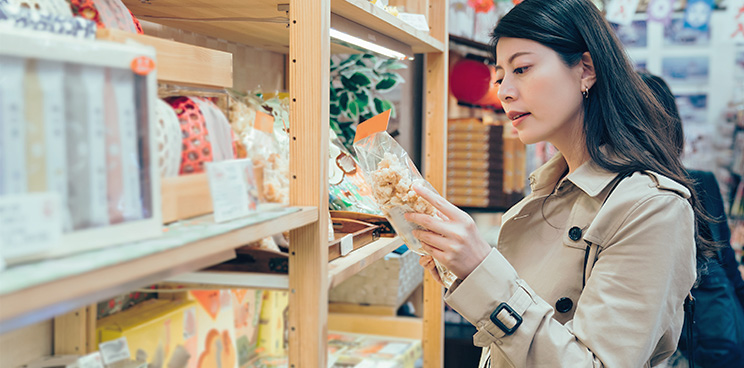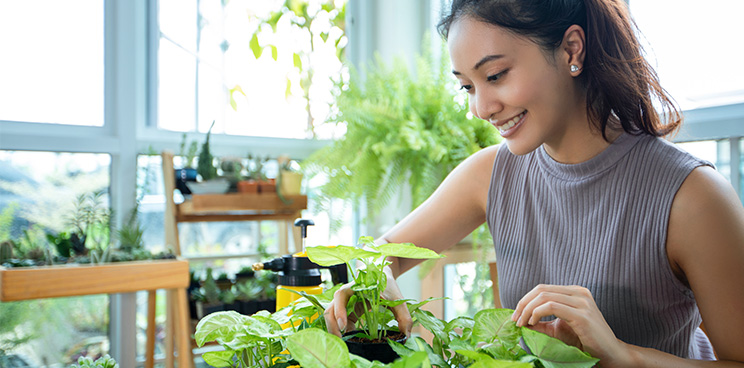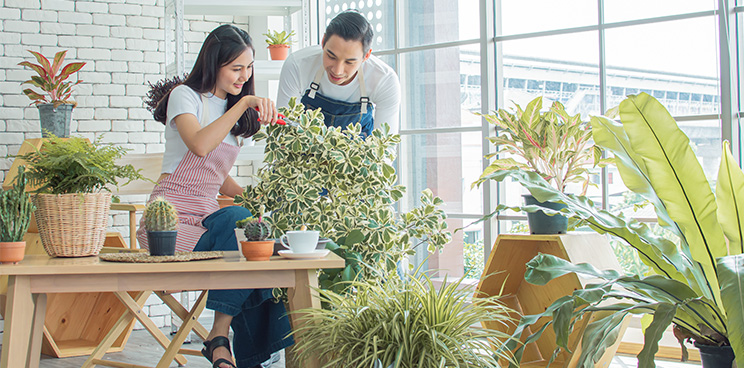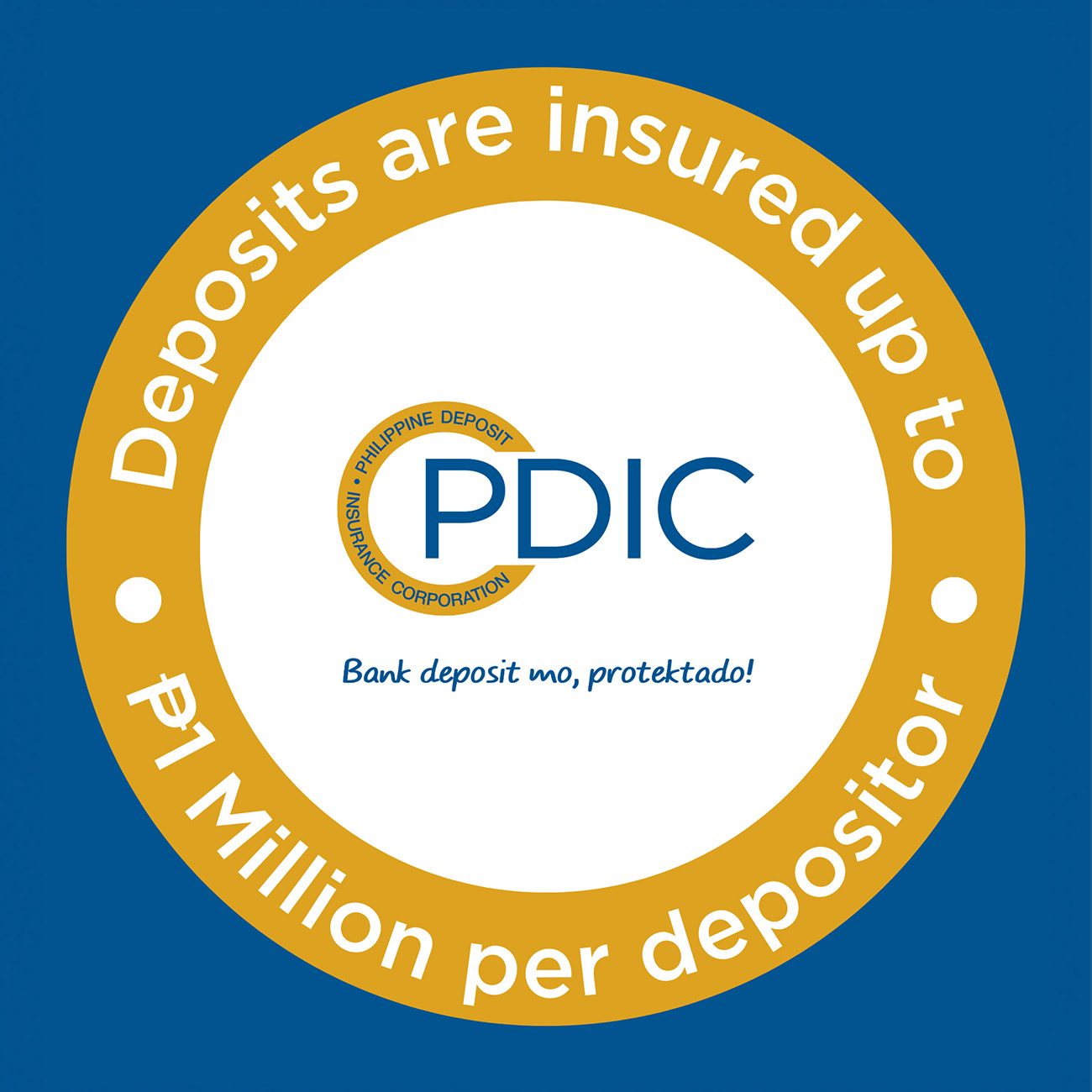The choice to live a sustainable lifestyle has its downsides. While we all care about leaving behind a cleaner and greener world, there are some practices that are counterproductive. Here are five things we may think are helping the environment, but are actually not.
1. Buying many reusable items. Having reusable items is a noble practice. But buying the same items numerous times defeats the purpose of it being reusable. While they can be used over and over, production of these items come with a price. For instance, a 2018 study found that a cotton tote bag needs to be used 20,000 times to offset the amount of energy and water needed to make it[1]. Make smart choices and keep one of each reusable item.
2. Tossing everything in the recycling bin. Think a plastic bag is okay to toss in the recycling bin because it’ll be given a new life after? Not every type of plastic can be recycled, and placing all your recyclable items in collection bins can put a dent in the recycling center’s protocols—and the entire pile ends up in a landfill. “Aspirational recycling[2]” can be avoided by asking your local recycling center which items they take in. Soft plastics, like grocery bags, need to be taken to a plastics bag-only receptacle.
3. Using electronic readers. Replacing paperback material for its electronic version might save a tree or two. But the production of e-reader devices involves digging up the earth for non-renewable resources, and production creates greenhouse gas emissions[3]. You can still become an eco-friendly bookworm by buying second-hand books, or borrowing from a library.
Not every type of plastic can be recycled, and placing all your recyclable items in collection bins can put a dent in the recycling center’s protocols—and the entire pile ends up in a landfill.
4. Purchasing “biodegradable bags.” Just because it says “biodegradable” on the package doesn’t mean it will degrade quickly or safely. Biodegradable plastics need very specific conditions to break down—and some may even take years to do so[4]. When in need of bags, opt for those made from cassava. It biodegrades within months, and instantly disintegrates in hot water[5].
5. Buying brands that claim to be “eco-friendly.” While it’s tempting to buy products that have the words “natural” and “organic” on the package, practice due diligence and research whether the ingredients used are indeed kinder on Mother Earth. Many companies like to ride on the sustainability trend, putting in more money on marketing themselves as “sustainable” than doing their part in minimizing their impact on the environment.[6] Be smart: for starters, if an “eco-friendly” product is wrapped in single-use plastic, chances are, it’s not as green as you think.
If you’ve done any of the above, fear not: there’s still plenty of time to change old habits and practices! Living a sustainable life is a process, and we’re all learning as we go along!










